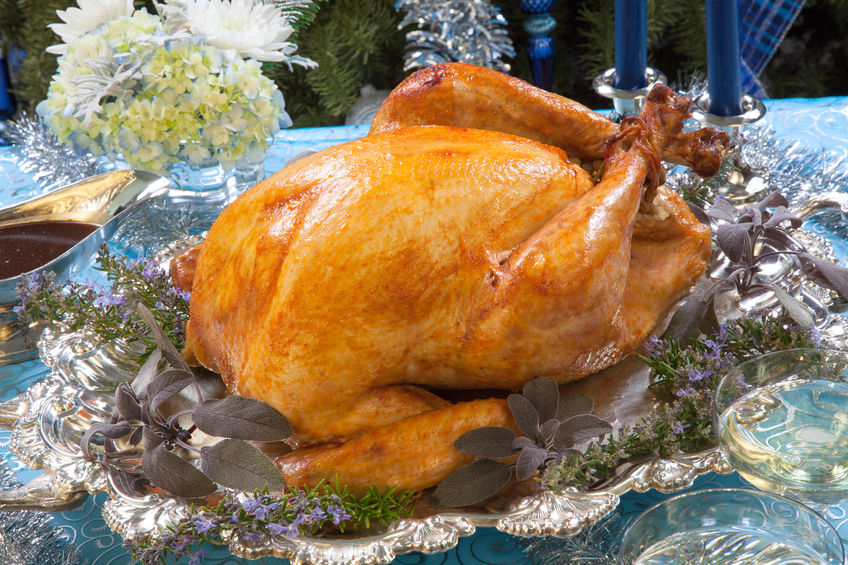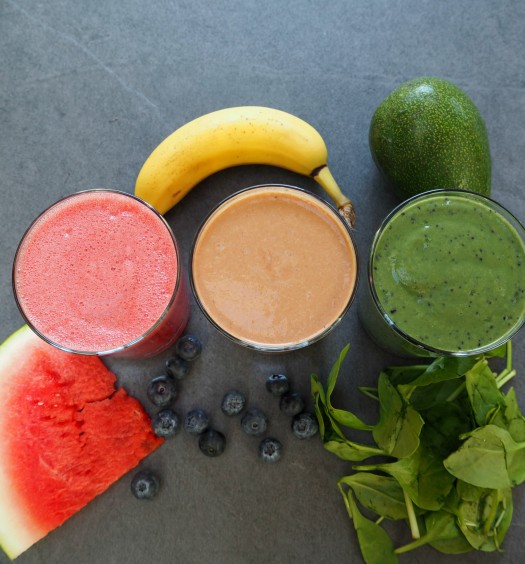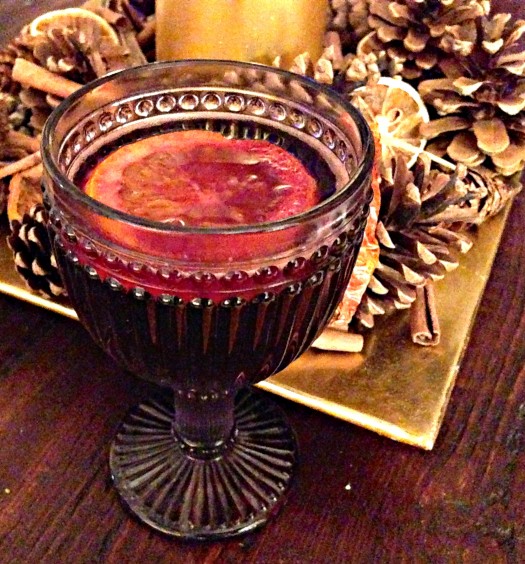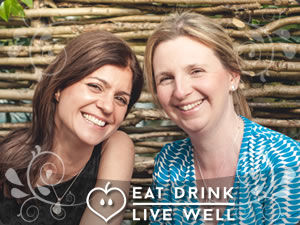How to enjoy a guilt-free Christmas Lunch
Recent headlines suggest we consume a ridiculous 7000 calories on Christmas Day. Chocolates, sausage rolls, mince pies, pre-lunch snacks and alcohol make up most of that – but we think Christmas Lunch itself can actually be a pretty healthy meal.
Here’s our nutritional justification for enjoying a guilt-free Christmas lunch:
 Eating pre-lunch canapés is a great idea – if you choose right. They can stave off hunger pangs if lunch is a little late, balance blood sugar and prevent alcohol going to your head. But skip expensive processed supermarket options. At home we have hard boiled quails eggs – perfect to keep blood sugar levels even. Instead of celery salt use a seaweed-based mineral salt such as Seagreens to dip them in. Interesting crudités (radishes and fennel support the liver) with healthy hummus or bean dips such as our liver supportive artichoke dip or beetroot dip go well alongside a glass of bubbly. And I love that the fact that those who eat nuts each day are a lower weight than those who don’t – so a few home roasted, spiced nuts are also a great option.
Eating pre-lunch canapés is a great idea – if you choose right. They can stave off hunger pangs if lunch is a little late, balance blood sugar and prevent alcohol going to your head. But skip expensive processed supermarket options. At home we have hard boiled quails eggs – perfect to keep blood sugar levels even. Instead of celery salt use a seaweed-based mineral salt such as Seagreens to dip them in. Interesting crudités (radishes and fennel support the liver) with healthy hummus or bean dips such as our liver supportive artichoke dip or beetroot dip go well alongside a glass of bubbly. And I love that the fact that those who eat nuts each day are a lower weight than those who don’t – so a few home roasted, spiced nuts are also a great option.
Turkey is a source of B vitamins and lean protein – opt for free-range or organic if you can afford it. Free of additives, drugs and growth-promoters, organic birds are usually slow-growing, outdoor reared breeds giving denser, tastier meat. They are typically 6-7 months old instead of the fast growing, immature birds which reach target weight quickly and are processed at 2 months old.
 If you opt for free range, research the farm; free range turkeys can be wonderful, organic in everything other than name. Or they can simply meet the minimum free range requirements – ‘continuous daytime access to open air runs’ doesn’t mean the birds actually venture outside. According to the Soil Association, every year 35 million turkeys are bred in Britain for the table, and the majority are fattened up in sheds containing up to 25,000 birds.
If you opt for free range, research the farm; free range turkeys can be wonderful, organic in everything other than name. Or they can simply meet the minimum free range requirements – ‘continuous daytime access to open air runs’ doesn’t mean the birds actually venture outside. According to the Soil Association, every year 35 million turkeys are bred in Britain for the table, and the majority are fattened up in sheds containing up to 25,000 birds.
If you can’t face turkey without stuffing, or pigs in blankets – opt for organic pork sausage meat or sausages and nitrate free bacon (try Laverstock Park Farm www.laverstockpark.co.uk ) . The Soil Association also has a great Christmas section on their website, enabling you to find nearby organic farms: http://www.soilassociation.org/Christmas
Veggies are where you can really add nutritional value to Christmas lunch, and cooking for a crowd gives a great excuse to prepare a good range of differently coloured vegetable side dishes, and to adorn your plate with a big portion of the 7+ rainbow vegetables we should be aiming for each day (click here to see why). Aim for 1/2 a plate full of veggies and by now you should have a pretty good, nutritionally balanced plate staring back at you.
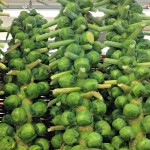 Brussels Sprouts are a fab addition to Christmas lunch with their anti-cancer benefits. Experiment with cooking them differently if (like me) you’ve believed for years you don’t like them; steaming, roasting, pan-frying, or as a puree. Less bitter varieties are now bred and stocked in the supermarkets (i.e. flower sprouts) – to make them more child-friendly. Don’t waste the brussel tops either – as with any dark green leafy vegetable, they’re packed with magnesium – a natural tranquiliser – and that’s something we can all do with on Christmas day.
Brussels Sprouts are a fab addition to Christmas lunch with their anti-cancer benefits. Experiment with cooking them differently if (like me) you’ve believed for years you don’t like them; steaming, roasting, pan-frying, or as a puree. Less bitter varieties are now bred and stocked in the supermarkets (i.e. flower sprouts) – to make them more child-friendly. Don’t waste the brussel tops either – as with any dark green leafy vegetable, they’re packed with magnesium – a natural tranquiliser – and that’s something we can all do with on Christmas day.
Make sure cooking your veggies doesn’t wipe out their health benefits – steaming Brussels, cauliflower or broccoli for up to five minutes will retain their anti-cancer properties but microwaving or boiling destroys them. Boiling any veg will leach water-soluble vitamins into the cooking water; if you are boiling, always use the cooking water to enhance your gravy.
If you’re roasting potatoes – take care with what oil you’re using: duck or goose fat is fine, don’t overdo the temperature with olive oil, but skip sunflower and vegetable oils for reasons explained in our healthy cooking oil blog.
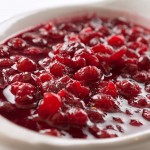 Finally, make sure to include a healthy homemade cranberry sauce – packed with beneficial polyphenols, cranberries have traditionally been used to prevent bladder infections: high sugar, alcohol, caffeine, minimal water and stress (i.e. Christmas rolled into one) contribute to UTIs. Sugared cranberry – in juice and ready made sauce negates their benefits, so make your own using a packet of fresh cranberries from the supermarket, ½ cup xylitol, a cinnamon stick and star anise, juice of one orange plus enough water to make 200mls of liquid. Bring to the boil and simmer for fifteen minutes.
Finally, make sure to include a healthy homemade cranberry sauce – packed with beneficial polyphenols, cranberries have traditionally been used to prevent bladder infections: high sugar, alcohol, caffeine, minimal water and stress (i.e. Christmas rolled into one) contribute to UTIs. Sugared cranberry – in juice and ready made sauce negates their benefits, so make your own using a packet of fresh cranberries from the supermarket, ½ cup xylitol, a cinnamon stick and star anise, juice of one orange plus enough water to make 200mls of liquid. Bring to the boil and simmer for fifteen minutes.
And to end. Christmas pudding with cream or brandy butter. Rocking in at around a minimum of 400 calories and stuffed full of sugar it’s not really in any way a nutritionally justifiable end to a meal. But hey, it’s Christmas! If you love Christmas pudding look for one with minimal added ingredients, and with the lowest sugar content you can find (or make your own!).

